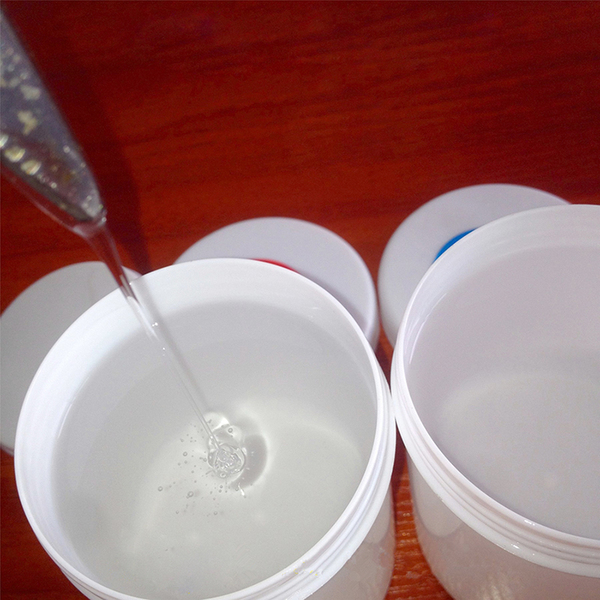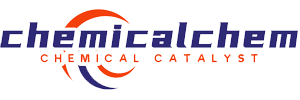There are many types of adhesives covering a wide range of areas, so there are many classification methods. Currently, the following are commonly used.
(1) According to the type of basic components of adhesives (stickers), they can be divided into two categories: organic substances and inorganic substances. Organic substances can be divided into two types: synthetic resin type and natural type; while inorganic substances can be divided into: silicate, phosphate, sulfate, metal oxide gel, glass ceramic adhesive and other low melting point things.
① There are four types of synthetic resins:
Thermosetting resin type phenolic resin, resorcinol-formaldehyde resin, urea-formaldehyde resin, epoxy resin, unsaturated polyester, polyisocyanate, acrylic diester, silicone , polyimide, polyphenylimidazole.
Thermoplastic resin type polyethyl acetate, vinyl chloride-vinyl acetate, acrylate, polystyrene, polyamide, alkyd resin, cellulose, cyano Acrylic, saturated polyester, polyurethane.
Rubber type: recycled rubber, styrene-butadiene rubber, butyl rubber, chloroprene rubber, polysulfide rubber, silicone rubber, polyurethane rubber.
Hybrid type: phenolic-polyvinyl acetal, phenolic-chloroprene, phenolic-cyano rubber, epoxy-phenolic, epoxy-polyamide, cyclic Oxygen-cyano rubber, epoxy-nylon.
Natural types are also divided into 4 types

Glucose derivatives starch, soluble starch, dextrin, gum arabic, sodium alginate.
Amino acid derivatives plant protein, casein, blood protein, bone glue, isinglass,
Natural resins: lignin, tannin, rosin, shellac, lacquer.
Bitumen Asphalt ester, asphaltene.
(2) According to the characteristics of the curing process of the adhesive, it can be divided into four types.
①Chemical reaction curing adhesives such as epoxy resin glue, phenolic-nitrile glue, etc.
② Hot melt adhesives such as polyethylene hot melt adhesive, polyamide hot melt adhesive, etc.
③ Thermoplastic resin solution adhesive such as polyvinyl chloride solution adhesive, polycarbonate solution adhesive, etc.
④Pressure-sensitive adhesives such as polyisobutylene pressure-sensitive adhesive, etc.
Use this classification method to clarify the characteristics of the curing process to facilitate practical applications. In modern industrial applications, especially the bonding of metal components, chemical reaction curing adhesives play a dominant role.
(3) Adhesives can be divided into five types according to their main uses.
① Structural adhesives are used for bonding stress-bearing structural parts. They are the most commonly used adhesives in the aviation industry. Commonly used ones include phthalal-acetal adhesive, epoxy-butylene adhesive, etc.
②Universal adhesive
a. For placement of non-stressed metal parts;
b. Used for bonding non-metallic materials with low body strength such as wood, ceramics and other materials,
c. Used for the repair of electromechanical equipment, automobiles, and tractor parts. The strength requirements of this type of glue are very high, but the application process is convenient and the price is cheap. Commonly used general-purpose glues such as epoxy resin adhesives. Spacer acrylic adhesive, polyurethane adhesive, etc.
Sealing adhesives are used in various connecting parts of machinery, vehicles, pipelines, instruments, etc., as liquid sealing materials that replace solid gaskets and are superior to solid gaskets.
Currently under vigorous development, such as nylon sealant, silicone rubber sealant, etc.
Adhesives for soft materials are used to bond rubber, soft plastics and fiber fabrics. Commonly used ones include polyurethane adhesives, synthetic rubber glue, etc.
Special adhesives Special adhesives not only have a certain bonding strength, but also have properties such as electrical conductivity, magnetic conductivity, high temperature resistance, and ultra-low temperature resistance. Commonly used ones include Phenolic conductive adhesive, epoxy resin spot welding adhesive, ultra-low temperature polyurethane adhesive, etc.

 微信扫一扫打赏
微信扫一扫打赏

